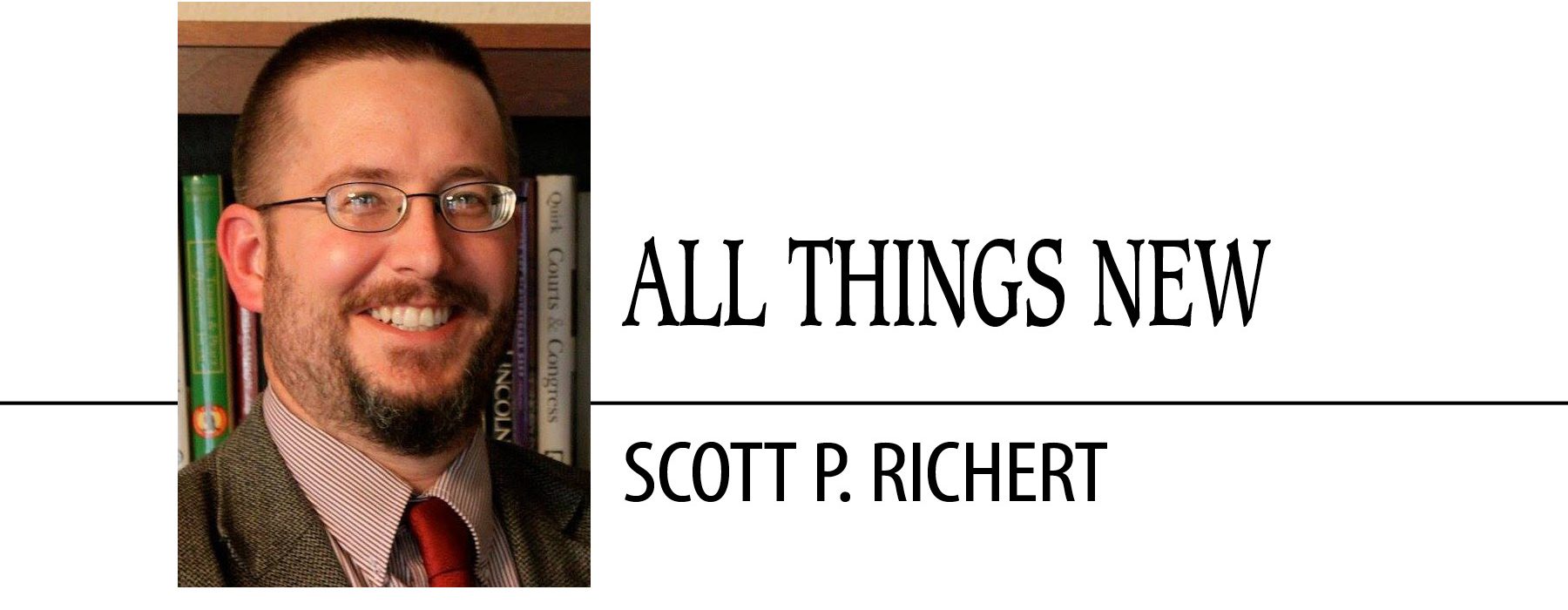March 12, 2024 // Perspective
A Theology of the Body for Lent
In a recent column, I mentioned that the idea of sacrificial fasting – in particular, giving something up for Lent – has fallen out of favor among many Catholics in recent years, replaced by a desire to “do something more.” Yet, whenever I take fasting seriously during Lent (in the sense not just of, say, giving up watching TV but actually abstaining from food), I find myself wondering why I don’t make fasting more a part of my spiritual life throughout the rest of the year.
Part of the answer (I think) is that, like most modern Catholics, I have often viewed fasting through a mentality that is more modern than it is Catholic. Despite (intellectually) knowing better, I have unconsciously imbibed the modern view that the body is something wholly separate from the soul. Modern science, prescinding as it does from any discussion of the soul, convinces us to treat our own body the same as we do any other body – as an object wholly other, a thing to be studied and considered separate from the question of who I am (a question that science considers irrelevant or, at best, unanswerable).
More than 50 years ago, the Catholic novelist Walker Percy called this way of thought “angelism-bestialism,” and in two perceptive novels, “Love in the Ruins” and “The Thanatos Syndrome,” provided imaginative narratives of the moral consequences of sundering body from soul. Today, we’re living out those consequences in the exponential growth of gender dysphoria (previously treated as a psychological condition but now regarded as a defect of the body that extends all the way down to the level of DNA) and, less destructively, intermittent fasting, which takes a practice that, throughout human history, has been identified almost exclusively with religion and turns it into the physiological equivalent of tuning up an automobile.
Once we have come to view our bodies as objects rather than as an integral part of who we are, we find it hard to understand phrases like “integral part” or Christian descriptions of the human person as an “ensouled body” or an “embodied soul” as anything other than the mixing of two ultimately incompatible things. But throughout most of human history, man (Christian or otherwise) did not experience himself or others that way.
While this isn’t the chief purpose of the practice, fasting can help us recover the sense of ourselves as an integrated whole. As we fast, as we deprive ourselves of the nourishment and (just as importantly) the comfort of food, we become aware of a reality that seems – to the modern mind – counterintuitive: Hunger and thirst are as much a matter of the soul as they are of the body. Moreover, the vice of gluttony, and the corresponding virtue of temperance, are more truly spiritual habits than they are physical ones. When we say that an appetite is “carnal,” we don’t mean that it is confined wholly to the body but that to indulge it involves the use of the body – or, tellingly, even just the imaginative contemplation of the use of the body.
Rather than being a one-way street in which the appetites of the body are brought under the supervision of the soul, fasting helps us to understand how those desires we think of as purely physical are truly spiritual as well. And in recognizing that reality, we can understand why, in order to be able to “do something more,” we must first make the effort to become again what God made us, before original sin convinced us to regard the world of matter – the created world – as something wholly other than ourselves.
As the hero of Percy’s “Love in the Ruins” puts it (talking about his wife’s non-Catholic Christian views): “What she didn’t understand, she being spiritual and seeing religion as spirit, was that it took religion to save me from the spirit world, from orbiting the earth like Lucifer and the angels, that it took nothing less than touching the thread off the misty interstates and eating Christ Himself to make me mortal man again and let me inhabit my own flesh and love her in the morning.”
In coming to redeem us, Christ did not take on flesh as one puts on a costume; He, as we say in the Creed, “became man,” a unity of body and soul, of humanity and divinity. As St. Bede wrote, Christ remained consubstantial with the Father but also became consubstantial with His mother — and, therefore, with us. And He left behind the sacrament that, in breaking our fast, can bring us (like Percy’s Tom More) back to ourselves, the sacrament in which His body and blood are inseparable from His soul and divinity, just as our body and soul are inseparable this side of death and will be reunited eternally on the other side, at the resurrection of the dead, when all fasting will cease, because we will know Him as He truly is and know ourselves as we were truly meant to be.
Scott P. Richert is Publisher for OSV.
The best news. Delivered to your inbox.
Subscribe to our mailing list today.






